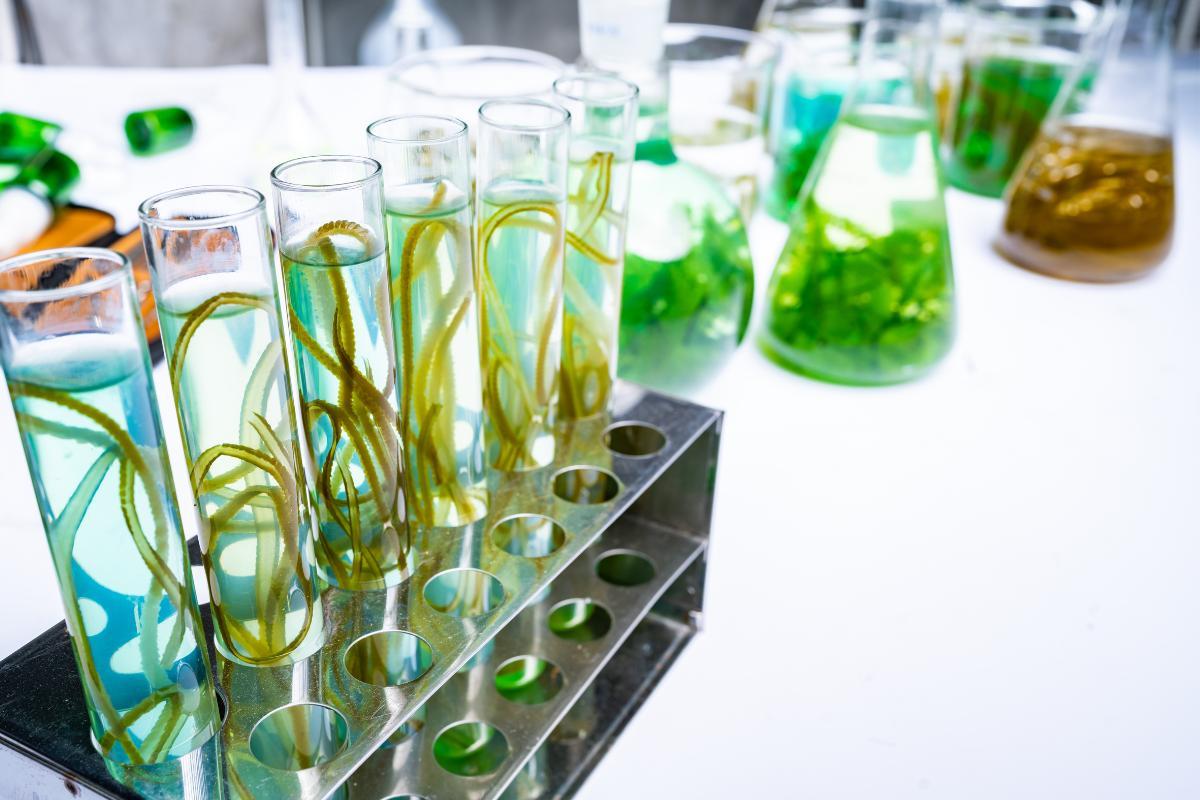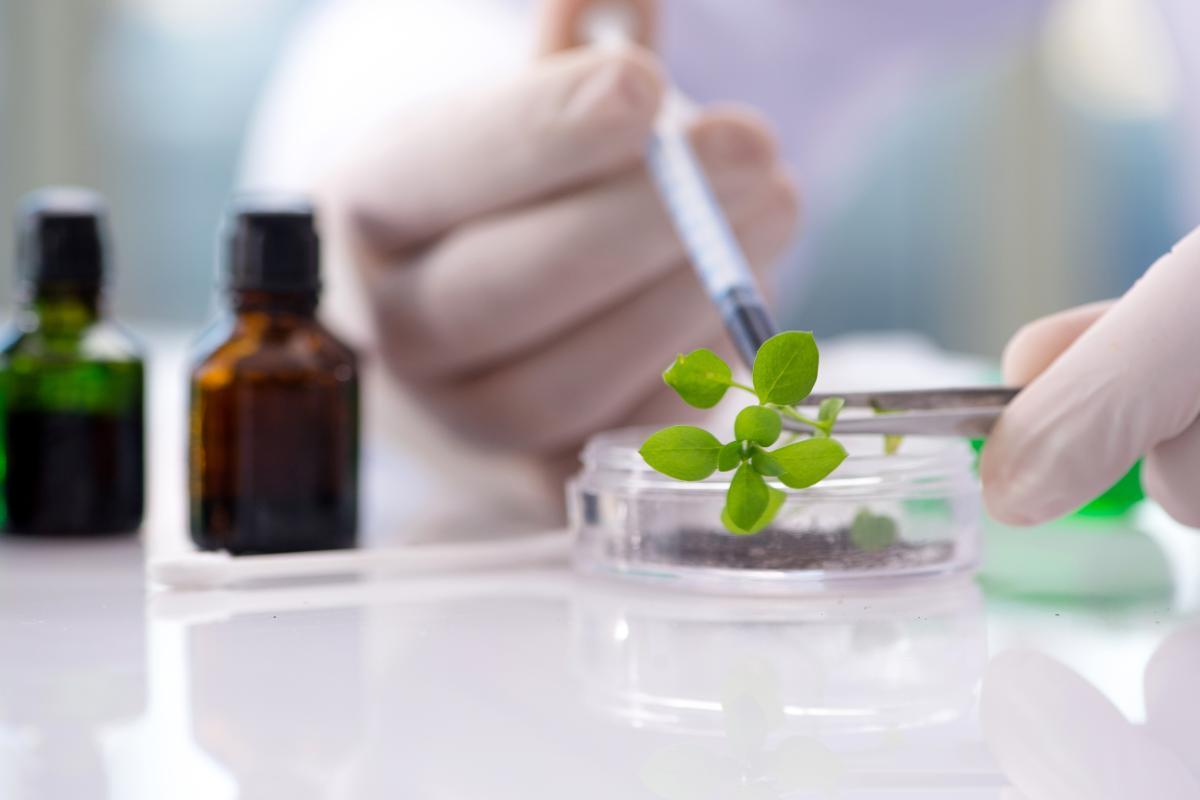What Is Green Biotechnology?


Also known as sustainable or environmental biotechnology, green biotechnology is a branch of science that uses living organisms to develop sustainable and environmentally friendly solutions. This has been used in agricultural processes, producing improvements in the competitiveness of the agricultural, livestock and forestry sectors. For this reason, it is often considered a part of agricultural biotechnology.
thedailyECO asks what is green biotechnology? To answer, we provide a definition, applications and examples of green biotechnology so you can have a better understanding of how this concept can be applied to various conservation endeavors around the world.
What is green biotechnology?
Green biotechnology is a branch of biotechnology that is responsible for everything related to the agricultural and environmental sector. Biotechnology is the field of sciences which studies various living organisms and their constituent parts for use in commercial and industrial processes. We can consider green biotechnology to be one its various disciplines.
There are many tools which are essential for green biotechnology research. They include:
- Genetic transformation studies
- Bioinformatics
- Measurement of genetic variability for the detection of pathogens
- Use of molecular markers to assist plant genetic improvement
- Others
Green biotechnology has the potential to increase agricultural productivity, improve food security and contribute to environmental sustainability. It does so by reducing reliance on chemical inputs and negative impacts on ecosystems. It is important to address ethical and regulatory issues to ensure responsible use of these technologies and to consider possible side effects on biodiversity and human health.
There is also a concern over greenwashing in various types of biotechnology. Simply placing the word ‘green’ in front does not make biotechnology any more or less sustainable. Green biotechnology should only be applicable to endeavors which are concerted and dedicated to reducing the various types of environmental impact of various industries.

Green biotechnology goals
This type of biotechnology aims to find sustainable solutions in agricultural processes in order to address current environmental problems experienced in various parts of the world. This requires protecting and conserving the environment, as well as reducing the negative impact of anthropic activities on ecosystems and promoting sustainable practices. Some of the main objectives of green biotechnology include:
- Agricultural sustainability: seeking to improve agricultural productivity in a sustainable manner, developing crops resistant to diseases and pests, reducing the use of agrochemicals and improving agricultural practices to preserve soil fertility.
- Food security: contributing to increased food production to meet the needs of a growing world population, using breeding techniques and sustainable technologies to ensure a safe and sufficient food supply.
- Renewable energy: developing and improving the production of clean, renewable energy. These include biofuels, using biomass and microorganisms to reduce reliance on fossil fuels and mitigate climate change.
- Protection of biodiversity: contributing to the conservation of biodiversity through the development of technologies that allow the protection and preservation of endangered species.
- Responsible use of natural resources: promoting the responsible use of natural resources, such as water and soil, through more efficient and sustainable agricultural practices and industrial processes.
- Development of eco-friendly products: encouraging the production of materials and products that are biodegradable and respectful of the environment. In doing so, this reduces the negative impact of waste on nature.
- Advances in medicine and health: using green biotechnology to improve the development of more precise and less invasive medicines, therapies and diagnoses, contributing to the health and wellbeing of all people.
- Promoting a sustainable economy: generating business and economic development opportunities in industries related to green biotechnology, technological innovation and job creation.
- Resource conservation: green biotechnology seeks to reduce soil erosion, improve water use efficiency and promote more sustainable agricultural practices to preserve natural resources.
- Crop protection: development of plants that produce natural repellent compounds to reduce the pressure of insects and pathogens.
These principles of green biotechnology are similar to those which are aimed at other industries. Learn more with our article on what is the blue economy?

Green biotechnology examples of application
Green biotechnology uses biotechnology techniques and tools to genetically manipulate plants and crops, improve their resistance to pests and diseases, increase their yield, improve their nutritional value or adapt them to specific environmental conditions. Some of the common applications of green biotechnology include:
- Transgenic crops: specific genes from other species or genetic variants are inserted into the genome of a plant to confer desirable characteristics, such as resistance to diseases, tolerance to herbicides or better nutritional quality.
- Improved resistance to pests and diseases: through genetic engineering techniques, crops can be developed that are more resistant to pests and diseases, reducing the need to use pesticides.
- Biofertilizers: development of beneficial microorganisms that help improve soil fertility and provide essential nutrients to plants. Learn more with our article on different types of organic fertilizers.
- Biopesticides: use of microorganisms, such as certain bacteria and fungi, to control pests and reduce dependence on synthetic pesticides that can be harmful to the environment and human health.
- Vegetative propagation techniques: using tissue culture techniques to quickly and efficiently propagate plants with desirable characteristics.
- Improvement of plant varieties: through the selection assisted by genetic markers, the processes of genetic improvement of crops are accelerated. This allows more resistant varieties to be obtained which are better adapted to different environmental conditions.
- Agricultural bioremediation: use of microorganisms to remove contaminants present in agricultural soils and restore soil health.
Another discipline which is related to green biotechnology is biosecurity. Read our related article to learn more about what is biosecurity and its importance?

Why is green biotechnology important?
Green biotechnology is of great importance today to be able to face the environmental and social challenges that society faces in the 21st century. These challenges are related to the need to develop sustainable and environmentally friendly solutions to guarantee the wellbeing of not only every human being, but also all living beings on the planet.
By combining scientific innovation with environmental protection of our ecosystems, this discipline plays a crucial role for a more balanced and sustainable society with the planet. It is particularly importance since it is where industry, conservation and environmental protection converge. This means it can support various commercial enterprises without causing further harm to the environment.
Now that you know our definition of green biotechnology, its applications and its importance, you may also be interested in learning about another specific application of green biotechnology with our article on what is aquaculture in agriculture?

If you want to read similar articles to What Is Green Biotechnology?, we recommend you visit our Environmental technology category.








